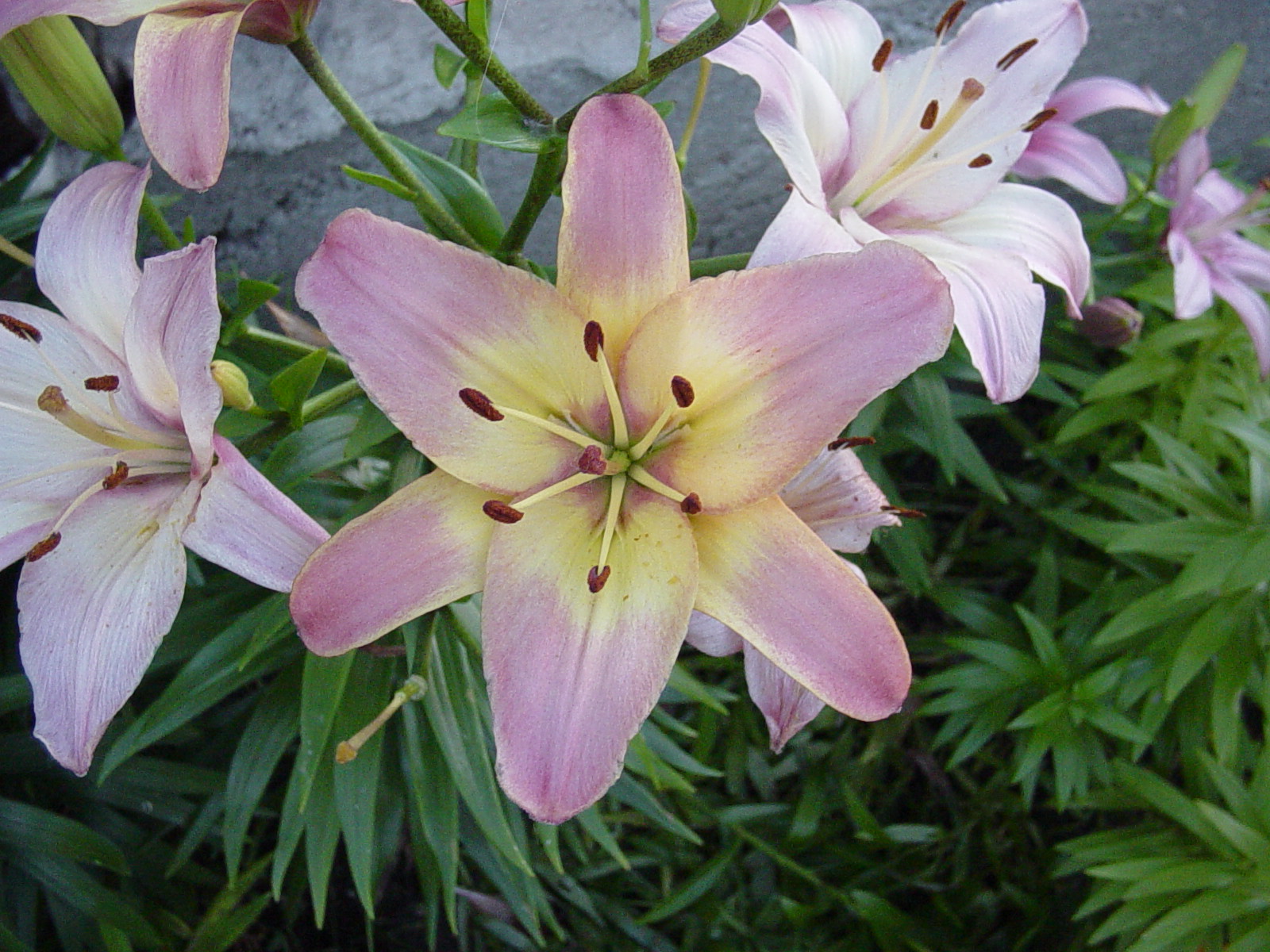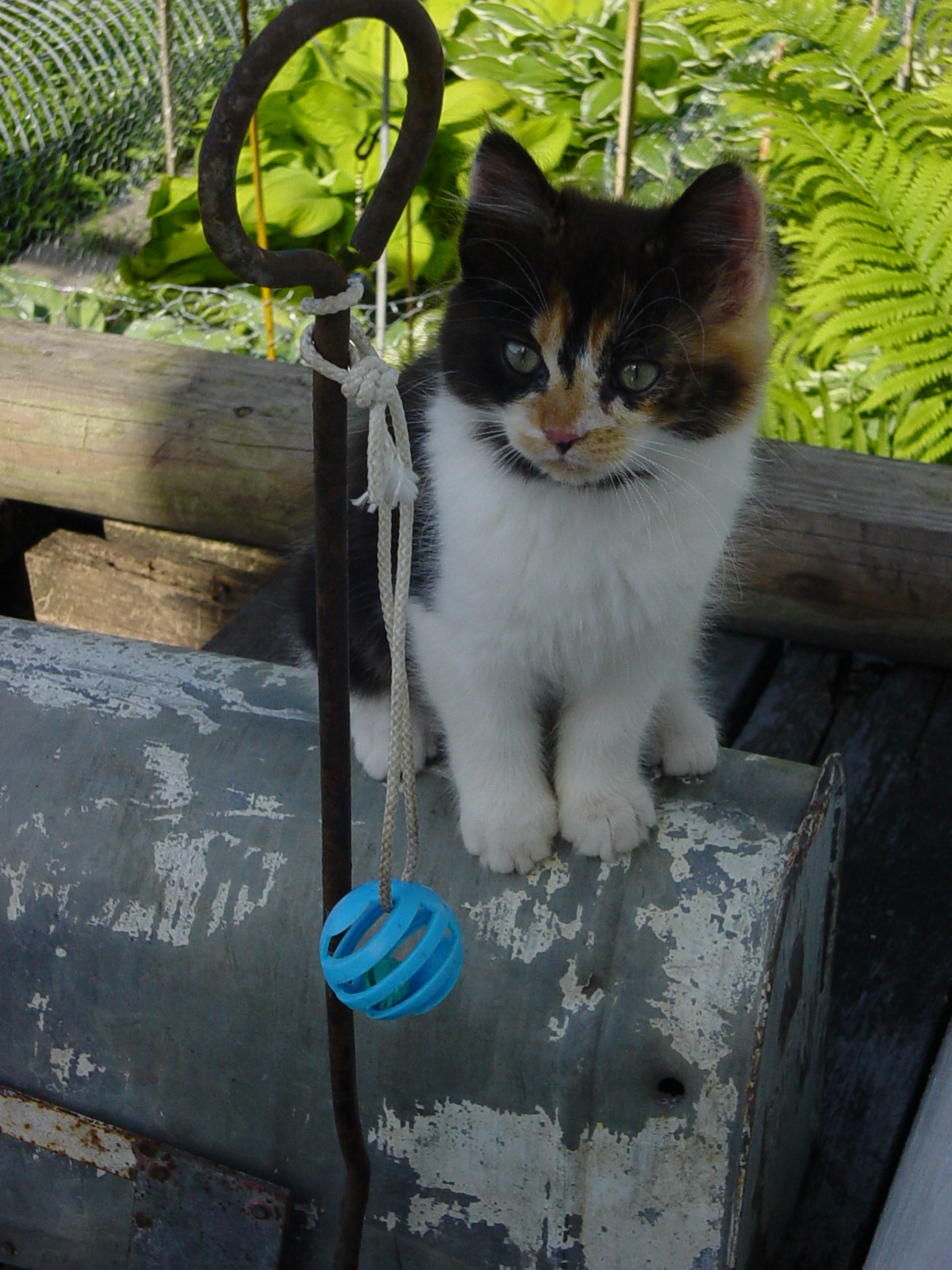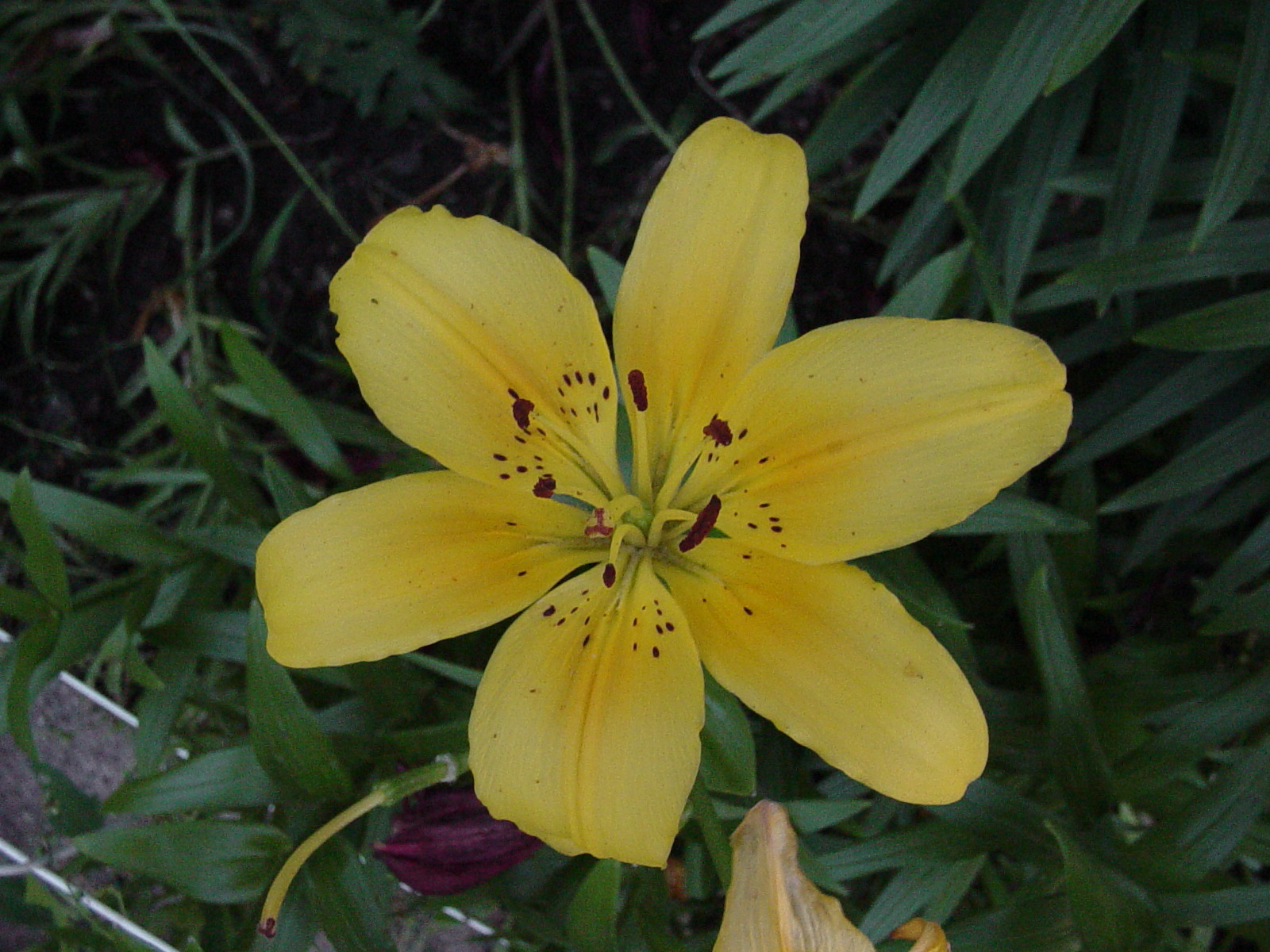


Asiatic Lilies
Lilium Asiatic
By: Amanda Sletto
Lilies at a Glance:
- USDA Zones: 4-9
- Light: Sun to Partial Shade
- Height: 2-6 feet
- Bloom Time and Size: Early Summer-flowers 4 inches across
- Soil: Slightly Acidic (6.5 pH) and well drained
Lily Lore:
In the Middle Ages, ground lily bulbs mixed with honey were used for medicinal purposes to heal infections, treat snake bites, and to combat baldness and wrinkles.
Throughout history, the lily has been a symbol of hope, chastity, innocence, the Virgin Mary and motherhood.
Asiatic Lilies can be great pot or garden plants as they require minimum care. They are very hardy and don't need staking. These lilies come in many different color and color combinations except blue. The only downfall to these lilies is their lack of fragrance as compared to other types of lilies--such as the Oriental Lily.
Planting and Care:
Plant bulbs in early spring or fall before frost. Always make sure to grow in well-drained, fertile soil. Adding organic matter to clay soil will help create improved soil drainage.
Place bulbs 12 to 18 inches apart 4 to 6 inches deep in full or part sun. Established bulbs do not need winter protection as long as the area has adequate snow cover. If mulch is going to be used, mulch in November when the ground begins to freeze.
In the spring, leave the mulch in place until after the danger of hard frost. Fertilizer such as a 5-10-10 can be used each spring on the lilies.
Cutting:
For cut flowers; leave at least one third of the stem on the plant. Break the stem rather than using a cutting tool as this may pass viral diseases from one plant to the next.
Before bringing fresh-cut lilies indoors, remove the anthers on the flower or spray them with a fresh flower fixative.
If pollen comes in contact with fabric, let the pollen "dry", then brush away with a paper towel, facial tissue, a soft brush, or dab pieces of adhesive tape on the fabric until the pollen is gone.
Do not directly touch the pollen with your hands--skin oils will set the stain. If pollen still remains, place the fabric in direct sunlight--after a couple hours, the stain should have disappeared. If the stain still remains and if the fabric is washable, wash using an enzymatic detergent such as Era.
Lily Pests:
Lilies are susceptible to aphids, and fungal infection such as Botrytis blight. Be aphid free by use of Malathion, Neem soap, or summer oil. For the fungal infection, use a fungicide such as Bravo, Greenguard, or a tablespoon full of baking soda in about 2 liters of warm water.
Editor's Note: Be sure to keep cats out of your lily bed, they like to lay in them even though you don't want them to. They look harmless... but they break the stems and will ruin the plants.


Some of the Hardy Cultivars for Zones 3 and 4:
Culitvars |
Color |
Height
|
Time of Bloom
|
Enchantment |
orange |
2-3 |
June |
Connecticut King |
yellow |
3-4 |
June |
Corsica |
pink |
3 |
June/July |
Crete |
deep pink |
3-4 |
June/July |
Dawn Star |
cream |
2-3 |
July |
Lily Sources and Additional Information:
University of Minnesota Extension Service
Lilies in Bloom: Lily Cultivation
Better Homes and Gardens
Floriculture: Cut Flower Care
Contact Information:
Please send your comments to: Amanda SlettoAll photos courtesy of my garden and my cats


